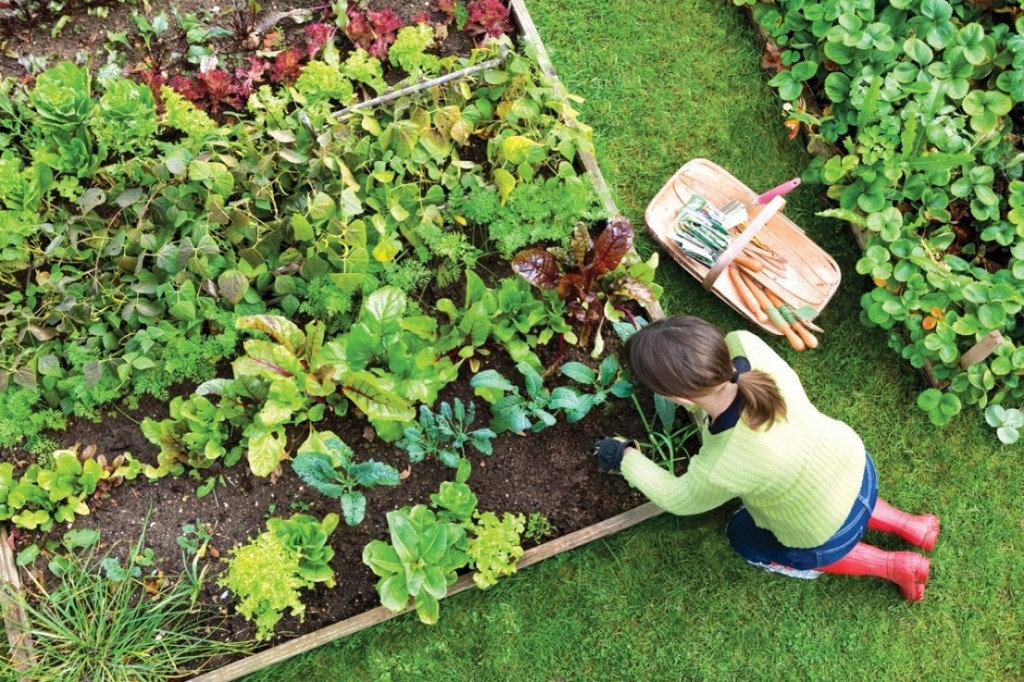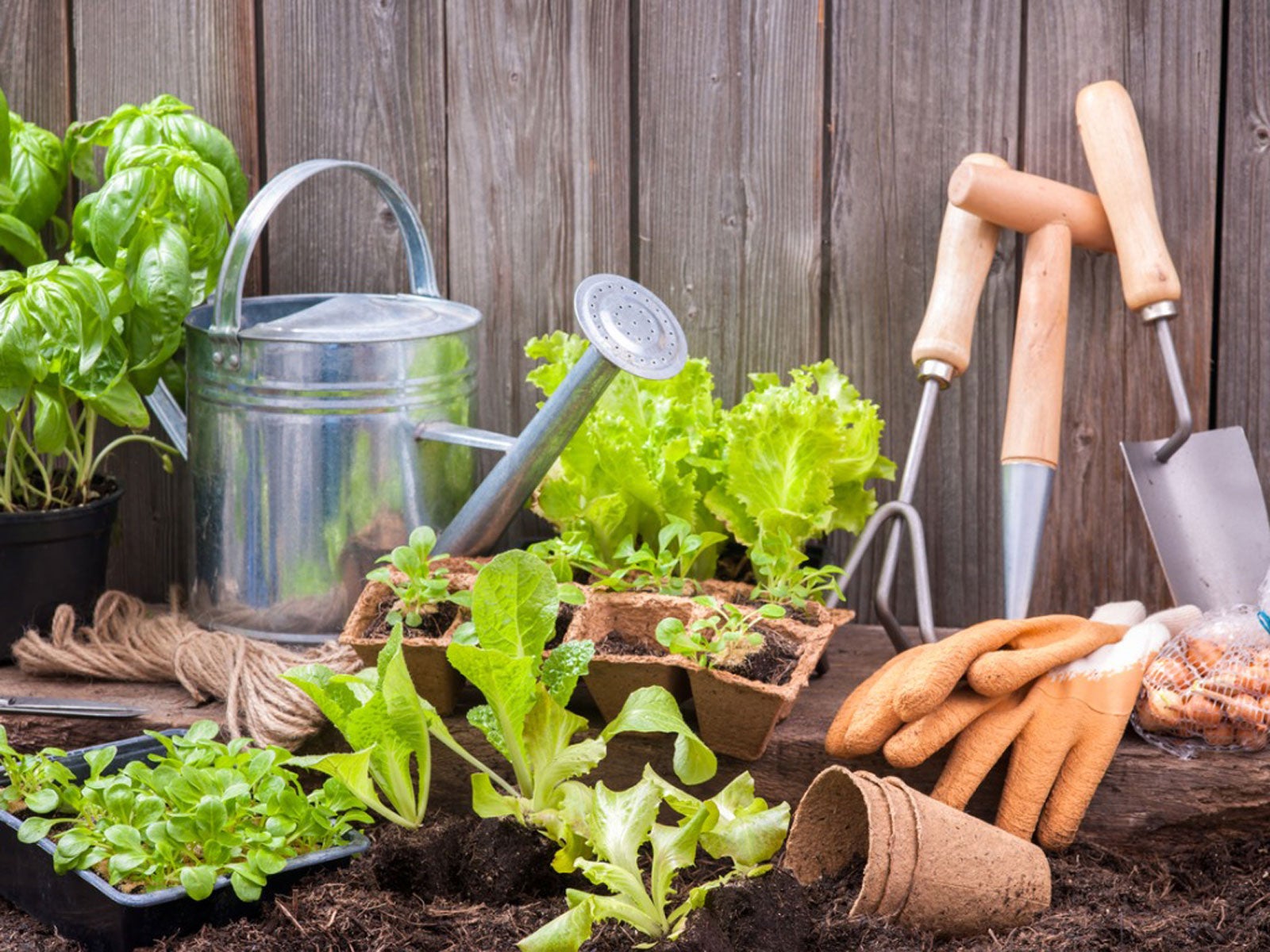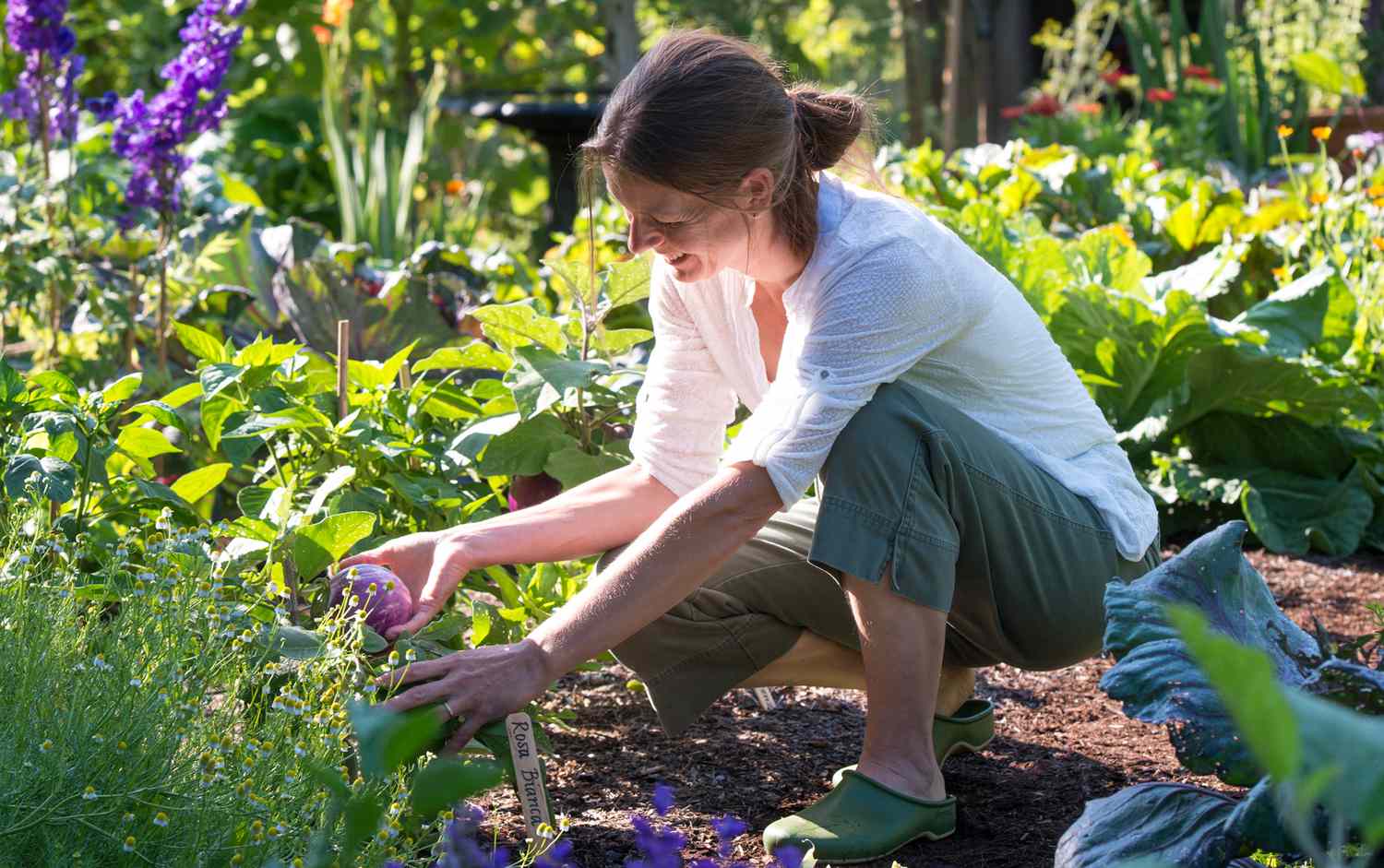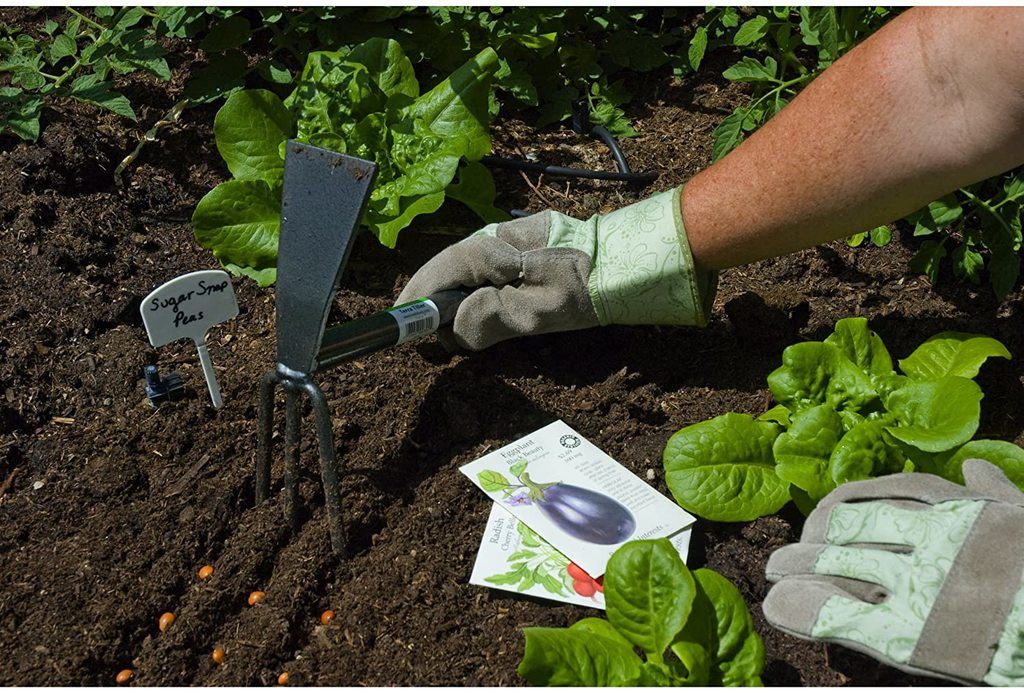The Art and Science of Gardening: An Overview
Gardening know-how encompasses a unique blend of art and science, allowing individuals to nurture plants and create visually appealing outdoor spaces. By understanding various gardening techniques, plant species, and environmental factors, aspiring green thumbs can significantly improve their gardening success and overall plant health.
Essential Gardening Techniques for Every Aspiring Green Thumb
Mastering essential gardening techniques is crucial for any aspiring green thumb looking to improve their gardening success and overall plant health. Here are some fundamental methods to consider:
Soil Preparation
Proper soil preparation is the foundation of a thriving garden. This process involves loosening the soil, removing debris, and adding organic matter, such as compost or well-rotted manure. These steps improve soil structure, fertility, and water retention, creating an ideal environment for plant roots to grow and establish.
Planting
Planting at the right time and in the correct manner is essential for healthy plant growth. When planting, dig a hole that is slightly larger than the root ball, ensuring the top is level with the soil surface. Backfill the hole with a mixture of native soil and organic matter, gently firming the soil around the roots to remove air pockets.
Watering
Watering is a critical aspect of gardening know-how, as plants require consistent moisture for optimal growth. However, overwatering can be just as detrimental as underwatering. To maintain the right balance, water deeply and infrequently, allowing the top inch of soil to dry out between watering sessions.
Pruning
Pruning is the selective removal of plant parts to encourage bushier growth, improve plant shape, and maintain overall health. Regular pruning also helps prevent the spread of diseases and pests. When pruning, use clean, sharp tools and make angled cuts just above a leaf node or bud, following the natural growth pattern of the plant.
Fertilizing
Fertilizing provides plants with the necessary nutrients for optimal growth and development. Choose a balanced, slow-release fertilizer, following the manufacturer’s instructions for application rates and timing. Regularly test your soil to determine nutrient needs and adjust your fertilization schedule accordingly.
Selecting the Right Plants: A Crucial Step in Gardening Mastery
Selecting the right plants for your garden is a critical aspect of gardening know-how, as it ensures that your plants will thrive based on your local climate, soil conditions, and personal preferences. By researching plant species, hardiness zones, and growth requirements, you can achieve optimal results and create a stunning outdoor space tailored to your unique tastes and environment.
Understanding Plant Species
Each plant species has specific needs and preferences, such as sunlight requirements, soil pH levels, and moisture levels. Familiarize yourself with these factors to ensure that your chosen plants are well-suited for your garden’s conditions. Researching plant species also helps you identify potential issues, such as susceptibility to pests or diseases, allowing you to take preventative measures and maintain healthy, thriving plants.
Navigating Hardiness Zones
Hardiness zones are geographical regions defined by specific climate conditions, primarily focusing on minimum winter temperatures. By understanding your local hardiness zone, you can select plants that are best suited for your area’s climate. This information is readily available online or through gardening resources, making it easy to find plants that will survive and flourish in your garden.
Assessing Soil Conditions
Soil conditions play a significant role in plant health and growth. Test your soil to determine its pH level, nutrient content, and drainage capabilities. Based on these results, you can amend your soil to create the ideal environment for your chosen plants, ensuring optimal growth and development.
Personal Preferences and Garden Design
Beyond climate and soil considerations, selecting the right plants also involves considering your personal preferences and garden design. Think about the colors, textures, and shapes that you find most appealing and incorporate those elements into your garden layout. By combining plants that complement each other visually and cater to your unique tastes, you can create a stunning outdoor space that brings you joy and satisfaction.
Designing Stunning Outdoor Spaces: The Aesthetics of Gardening Know-How
Gardening is not only about nurturing plants but also about creating visually appealing outdoor spaces that cater to personal tastes and complement the surrounding environment. By understanding the principles of color theory, plant combinations, and garden layout, you can elevate your gardening know-how and design a stunning outdoor space that brings you joy and satisfaction.
Harnessing the Power of Color Theory
Color theory is a fundamental design concept that can significantly enhance the visual appeal of your garden. By combining plants with complementary colors, you can create striking contrasts and harmonious blends that draw the eye and evoke specific emotions. Additionally, consider the color of garden structures, such as fences, arbors, and pottery, to ensure a cohesive and visually pleasing design.
Creating Plant Combinations
Combining plants with varying textures, shapes, and sizes can add depth, dimension, and visual interest to your garden. Experiment with different plant groupings, such as tall plants in the back, medium-sized plants in the middle, and low-growing plants in the front, to create a layered and visually dynamic outdoor space. Additionally, consider incorporating plants with unique foliage, flowers, or bark to add visual variety and year-round appeal.
Designing Garden Layouts
The layout of your garden plays a significant role in its overall aesthetic. Consider factors such as flow, balance, and proportion when designing your garden layout. For example, create pathways that invite exploration and meandering, balance the visual weight of different garden elements, and ensure that the scale of your plants, structures, and hardscaping is appropriate for the space.
Embracing Sustainable Gardening Practices: Going Green in the Garden
Sustainable gardening practices not only minimize environmental impact but also maximize the benefits of gardening know-how. By incorporating eco-friendly methods such as composting, rainwater harvesting, and organic pest control, you can create a thriving garden that contributes to a healthier planet and a more self-sufficient lifestyle.
Composting: The Ultimate Recycling Program
Composting is a simple and effective way to recycle organic materials, such as kitchen scraps and yard waste, into nutrient-rich soil amendments. By composting, you reduce landfill waste, conserve resources, and create a valuable resource for your garden. To get started, choose a composting method that suits your needs and space constraints, and maintain a balance of carbon-rich “brown” materials and nitrogen-rich “green” materials. Turn your compost pile regularly to promote decomposition and monitor the moisture level to ensure optimal conditions.
Rainwater Harvesting: A Smart Water Conservation Strategy
Rainwater harvesting is an innovative and eco-friendly approach to water conservation. By collecting and storing rainwater, you can reduce your reliance on municipal water supplies, lower your water bills, and protect local waterways from stormwater runoff pollution. To start rainwater harvesting, install a rain barrel or a more extensive rainwater collection system, depending on your needs and budget. Ensure that your system includes a mesh screen to filter out debris, an overflow mechanism to prevent flooding, and a secure cover to keep out pests and contaminants.
Organic Pest Control: Protecting Plants and the Environment
Organic pest control methods offer a safe and effective alternative to chemical pesticides, protecting your plants and the environment. By employing strategies such as biological controls, habitat manipulation, and physical barriers, you can maintain a healthy garden ecosystem without resorting to harmful chemicals. Regularly monitor your garden for signs of pests and diseases, and address issues promptly to prevent them from spreading. Encourage beneficial insects and animals, such as ladybugs, spiders, and birds, to take up residence in your garden by providing food, water, and shelter.
Troubleshooting Common Gardening Challenges: Overcoming Obstacles
Gardening know-how involves not only mastering the art and science of nurturing plants but also addressing and overcoming common challenges. By understanding how to tackle issues such as pests, diseases, and poor soil quality, you can maintain healthy, thriving plants and enjoy the rewards of your gardening efforts.
Combating Pests: Protecting Plants from Unwanted Invaders
Pests are a common challenge in gardening, but there are several strategies for managing and minimizing their impact. Regularly inspect your plants for signs of pests, such as discolored leaves, holes, or sticky residue. If you identify an infestation, consider using organic pest control methods, such as introducing beneficial insects or applying insecticidal soap. Additionally, maintain a clean and debris-free garden to discourage pests from taking up residence.
Preventing and Treating Diseases: Keeping Plants Healthy
Diseases can quickly devastate a garden, but careful monitoring and preventative measures can help protect your plants. Ensure proper spacing between plants to promote air circulation, and avoid overwatering, which can create conditions conducive to disease. If a plant becomes diseased, remove it promptly to prevent the spread of infection. Practice good garden hygiene, such as cleaning tools and containers, to further reduce the risk of disease transmission.
Improving Soil Quality: The Foundation of a Thriving Garden
Poor soil quality can hinder plant growth and lead to a host of gardening challenges. To improve soil quality, consider incorporating organic matter, such as compost or well-rotted manure, to enhance structure, fertility, and water retention. Regularly test your soil to determine its pH level and nutrient content, and amend as needed to create the ideal environment for your plants. Additionally, practice crop rotation and cover cropping to maintain soil health and prevent nutrient depletion.
Staying Informed and Inspired: Resources for Continuous Gardening Know-How
Gardening know-how is a continually evolving skill, with new techniques, trends, and best practices emerging regularly. To stay informed and inspired, tap into a variety of resources that cater to your learning style and interests. By engaging in lifelong learning, you can enhance your gardening expertise, overcome challenges, and enjoy a more rewarding gardening experience.
Books: Timeless Gardening Wisdom at Your Fingertips
Gardening books offer a wealth of information on various topics, from plant care and garden design to sustainable practices and regional gardening guides. Browse your local library or bookstore for a selection of titles that suit your interests and experience level. Consider investing in classic gardening books, as well as newer publications that reflect the latest trends and research.
Websites: Instant Access to Gardening Knowledge
The internet is a treasure trove of gardening information, with countless websites dedicated to sharing tips, techniques, and inspiration. Seek out reputable websites, such as university extension services, gardening organizations, and blogs written by experienced gardeners. Be sure to cross-reference information to ensure accuracy and consider bookmarking your favorite resources for easy access.
Local Gardening Clubs: Connecting with Like-Minded Green Thumbs
Joining a local gardening club is an excellent way to connect with other gardening enthusiasts, learn from experienced gardeners, and gain access to a wealth of knowledge and resources. Many clubs offer workshops, lectures, and field trips, providing hands-on learning opportunities and valuable networking connections. Additionally, participating in club activities can foster a sense of community and camaraderie, making the gardening journey even more enjoyable.
Cultivating a Green Thumb: The Joy of Gardening Know-How
Gardening know-how is not just a collection of techniques and principles; it is a journey of self-discovery, connection, and personal growth. By embracing the art and science of gardening, you can experience numerous rewards, from stress relief and increased self-sufficiency to a deeper appreciation for the natural world.
Stress Relief: The Therapeutic Power of Gardening
Gardening has long been recognized as a therapeutic activity, offering numerous mental health benefits. The act of nurturing plants, combined with the soothing sights and sounds of nature, can help reduce stress, anxiety, and depression. Moreover, gardening encourages mindfulness, as it requires focus and attention on the present moment, providing a much-needed respite from the distractions and pressures of modern life.
Increased Self-Sufficiency: Growing Your Own Food and Flowers
Gardening know-how empowers you to produce your own food and flowers, reducing your reliance on commercial products and contributing to a more sustainable lifestyle. By growing your own fruits, vegetables, and herbs, you can enjoy fresh, nutrient-rich produce while saving money and minimizing your environmental impact. Additionally, cultivating a diverse array of flowers and ornamental plants can add beauty and interest to your outdoor spaces, enhancing your overall quality of life.
Connection with Nature: Rediscovering the Wonders of the Plant World
Gardening know-how fosters a deeper connection with nature, inviting you to explore the fascinating world of plants and their relationships with the environment. By learning about the unique characteristics, growth requirements, and ecological roles of various plant species, you can gain a newfound appreciation for the intricate web of life that sustains our planet. This connection can inspire a sense of stewardship and responsibility, motivating you to protect and preserve the natural world for future generations.
In conclusion, gardening know-how offers a wealth of benefits, both practical and personal. By investing time and effort into expanding your gardening knowledge, you can cultivate not only thriving plants but also a rich and rewarding relationship with the natural world. Embrace your unique gardening journey, and continue developing your know-how, one plant, one technique, and one experience at a time.








